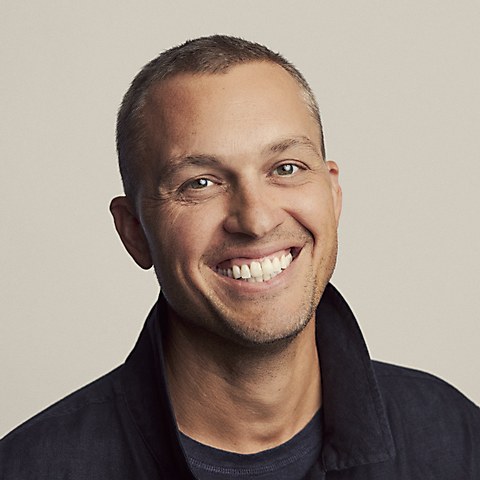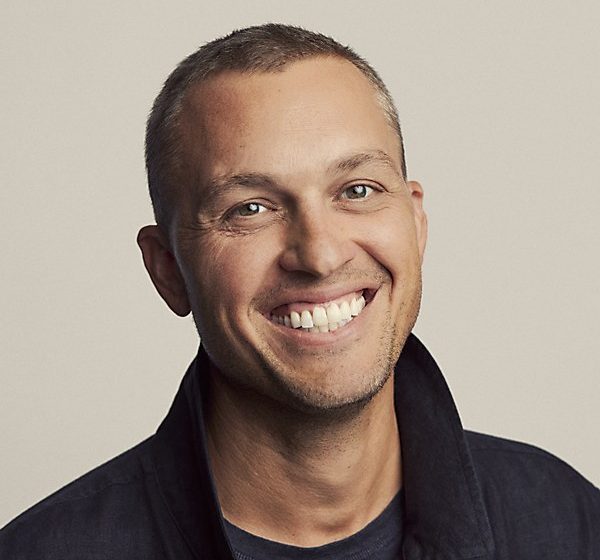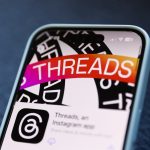
How did you discover your passion for filmmaking and advertising, and how did you develop your skills to enter the creative industry? I’ve always been drawn to creative expression—writing, photography, music, design and performance—and filmmaking felt like the place where all those disciplines could live together. It’s a uniquely hybrid craft: part visual design, part emotional storytelling and part narrative engineering. That synthesis is what pulled me in early, and it’s still what I’m passionate about today.
Starting my career in 2005 meant I caught the wave of the digital revolution just as it was gaining momentum. The tools to create high-quality campaigns and content became more accessible, and suddenly, brands were looking for filmmakers who could move fast and still deliver emotionally compelling work. So, I spent the first part of my career writing, directing and producing both original and branded projects, and then I launched Bindery in 2012 to combine strategy, creative, production and post all under one roof.
Tell us about Bindery, the New York–based creative agency and production company you established. How did you come up with the idea to create an agency with a script-to-screen model? When I started Bindery thirteen years ago, the creative and production process were still pretty clunky and siloed. My thesis was that modern brands, especially digitally native and direct-to-consumer brands, wanted to work with one partner who could move fast, stay nimble, and deliver full campaigns with defined budgets and deliverables. The traditional agency retainer model felt bloated, and production companies weren’t built to offer the strategic or creative partnership these brands needed. It was all about building a model that met clients where they were—leaner, faster and more creatively aligned from start to finish.
Through Bindery, you’ve worked with clients from Apple, Land Rover and Nike. What have been some of your favorite commissioned projects you’ve created, and how did they change your perception of what you can accomplish in advertising? We’ve been lucky to collaborate with some of our brand heroes on some great campaigns and content. Certainly the longform work we’ve done for Apple and the content we’ve produced for both Land Rover and Nike reinforce the idea that entertainment and brand film are as important as ever. It speaks to a larger shift that brands need more than ads; they need stories people want to spend time with. That’s where a filmmaker’s sensibility becomes a real strategic advantage.
How have Bindery’s emotionally resonant stories proved a successful formula for your clients? Did this approach come from working in film and documentary as well? Yes, absolutely. Our background in film and documentary taught us how to listen, how to find the emotional core of a story, and how to tell it with honesty and intention. That’s always been our instinct: lead with truth, stay human and trust that the emotion will carry weight. For our clients, that approach has consistently driven results: not just in awareness, but in affinity and action. At the end of the day, people feel before they think and think before they act. The work has to move them emotionally before it can drive any intended response.
Especially in categories where people are skeptical, like health, finance and food, authenticity matters. When someone sees themselves reflected in the ad’s story, they’re far more likely to respond.
On creating documentary-style storytelling for your clients, what would you consider to be the advantages of these kinds of ads? What makes them powerful? There’s something incredibly powerful about hearing a real person share their story in their own words. It builds trust immediately. We’ve done a lot of work with real customers and real people, and when you get the storytelling right, it doesn’t feel like advertising. It feels honest. It feels human.
That’s what makes it so effective. Especially in categories where people are skeptical, like health, finance and food, authenticity matters. When someone sees themselves reflected in the ad’s story, they’re far more likely to respond.
How do you help elevate ads through documentary-style storytelling? This is honestly one of our favorite things to do for brands. It starts with really understanding the brand: its purpose, promise and tone of voice. From there, we look for ways to merge that voice with the voice of the subject. That balance is delicate, but when it’s done right, it’s magic.
Sometimes, the brand comes through in the styling of the set, the tone of the music or a small visual element woven into the story. Other times, it’s more about the rhythm or structure of the piece. But at the core, we’re always trying to stay true to the subject’s story, because that’s what makes people care. The goal is to create something that feels honest and emotionally grounded while still delivering on a piece that feels unique and ownable for the brand.
Additionally, Bindery helps support independent filmmakers through incubators like the Oxbelly Retreat and the Sundance Catalyst. How does Bindery contribute, and what do you find important about encouraging filmmakers? Filmmaking has always been at the core of who we are. We’re committed to supporting emerging talent—especially underrepresented voices—through mentorship, infrastructure and direct support. That might mean hosting a film in our post-production facilities, helping shape a project in development or contributing philanthropically. We know firsthand how tough the path can be, and we want to use our position and infrastructure to help others push their stories forward.
How does Bindery balance its commissioned work for clients and its work in entertainment and documentary space? For us, it’s all part of the same creative ecosystem. The brand work and the original work feed each other. What we learn making fast, high-volume brand campaigns sharpens our instincts and keeps us nimble. Our experience in film and longform storytelling keeps the brand work emotionally grounded and narrative-driven.
That said, the pace is wildly different. For brands, we might produce hundreds of pieces a year—everything from social content to full TV campaigns. Original work is slower and more deliberate. We might only take on one or two original projects a year, but we believe both are essential. It keeps us creatively ambitious and commercially sharp.
What emerging technology is going to change the way you work, and how? AI, of course—not just for efficiency but also for feasibility. Things that used to be impossible or wildly expensive are suddenly on the table. That opens up a new level of creative freedom not just to cut corners, but also to expand what’s possible within a given scope or budget. As the tools mature, the big opportunity will be using them to elevate craft, not replace it. The filmmakers and brands who embrace that balance—human storytelling powered by smarter tools—are going to be the ones who stand out.
Do you have any advice for creatives starting their careers in agencies today? Focus on becoming a full-stack creative. In the age of AI, it won’t be enough to specialize in just one part of the process. The creatives who will thrive are the ones who can go end-to-end to prove their concept, from research that sparks insight to cracking the idea, crafting the language, shaping the visuals and tone, and, ultimately, prototyping the work. Your edge will always be your taste and your ideas, but the more you can stretch across disciplines, the more you can protect and elevate your creative voice. Being full-stack doesn’t mean doing it all alone; it means understanding the full arc of how ideas are made and being dangerous enough at every step to bring something real to life. ca


